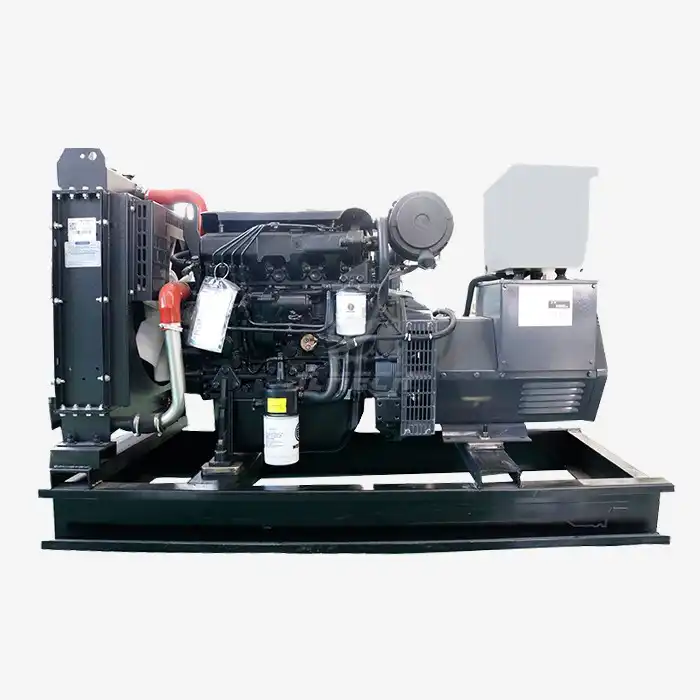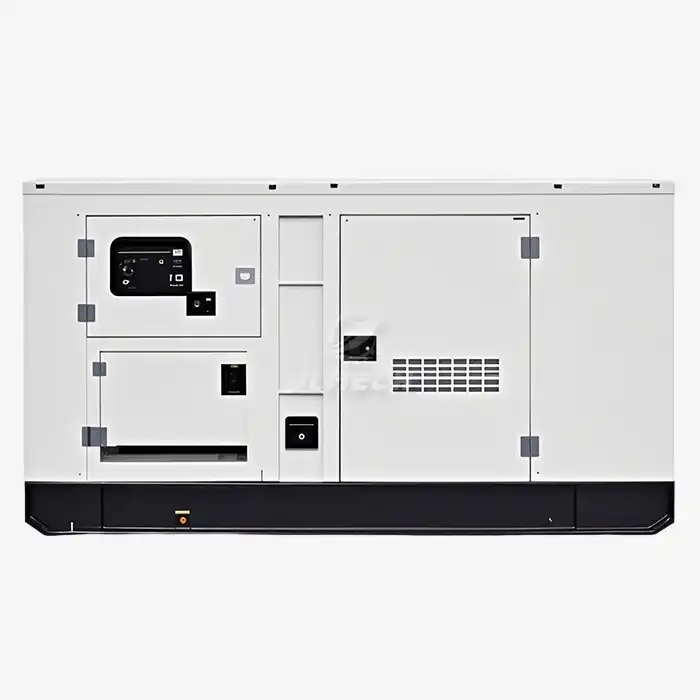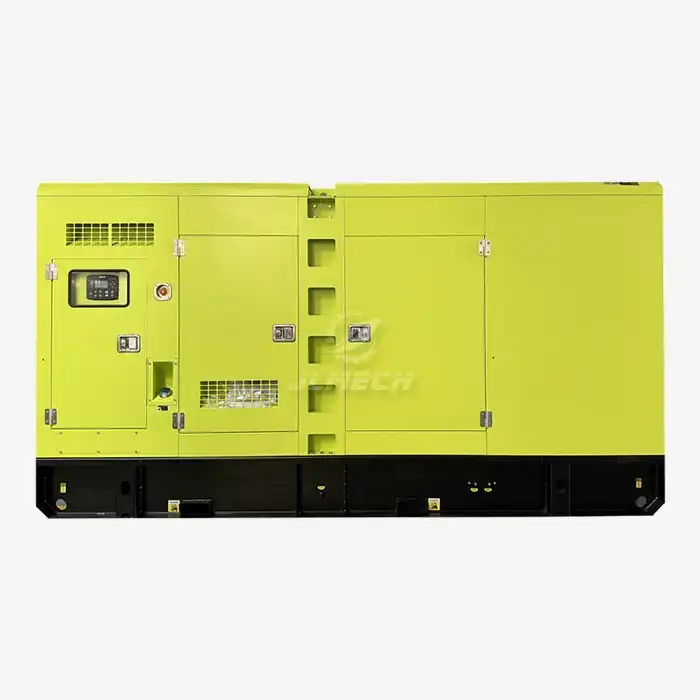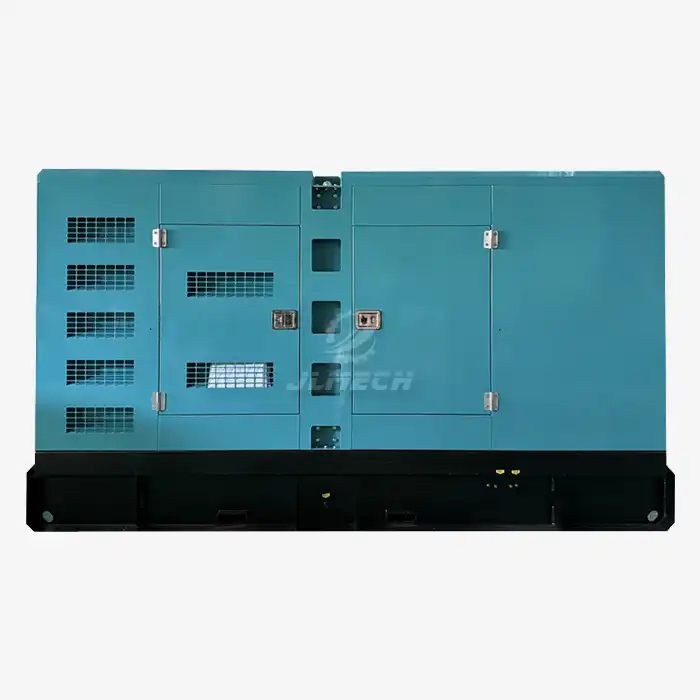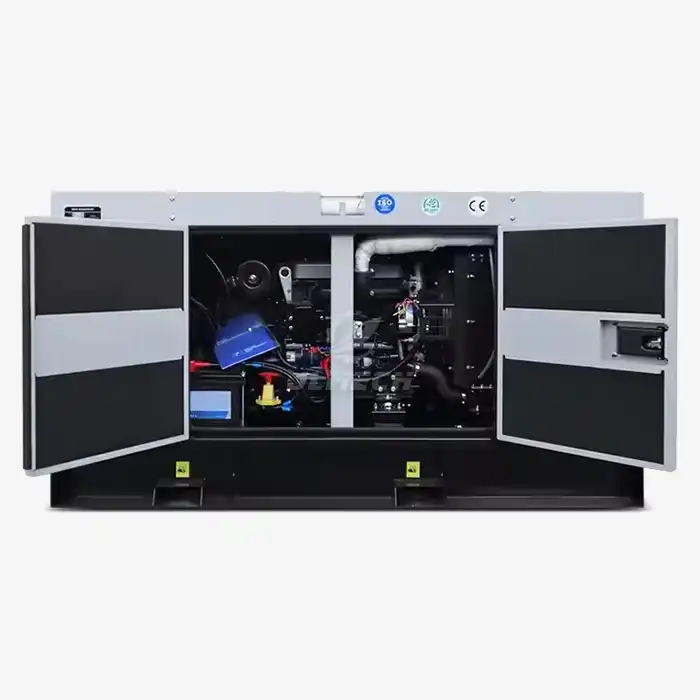Can generator fumes make you sick?
Yes, generator emissions can make you very sick, and in severe cases, they can be fatal. The risk depends heavily on two key factors: the operation practices (especially ventilation) and the quality and technology of the generator itself. Understanding this risk is the first step toward ensuring the safety of your personnel and worksite. At JLMECH, we believe that reliable power should never come at the cost of health and safety.

Hazardous Components in Emissions
Diesel generator exhaust is a complex mixture of gases and particles. The primary harmful components in generator emissions include.
Carbon Monoxide (CO): A colorless, odorless gas. It prevents oxygen absorption in the bloodstream, leading to headaches, dizziness, nausea, loss of consciousness, and even death.
Nitrogen Oxides (NOx): These gases, particularly nitrogen dioxide (NO₂), can irritate the respiratory system, aggravate asthma, and contribute to respiratory illnesses. They are also precursors to smog and acid rain.
Particulate Matter (PM): These are fine inhalable particles, often seen as soot. They can penetrate deep into the lungs, carrying absorbed toxins and causing cardiovascular and respiratory problems.
Sulfur Oxides (SOx): Primarily sulfur dioxide (SO₂), which can irritate the eyes and respiratory tract and contribute to particulate formation.
Volatile Organic Compounds (VOCs) and Polycyclic Aromatic Hydrocarbons (PAHs): Some of these compounds, like benzo(a)pyrene, are identified as potent carcinogens with long-term exposure risks56. Studies have shown elevated cancer risks from inhaling generator emissions.
How to Protect Yourself and Your Team
Proper safety practices are paramount for mitigating the dangers of generator operation. Adherence to these rules can prevent most incidents:
Ensure Absolute Ventilation: Never operate a generator indoors, in enclosed spaces like garages or basements, or in partially open shelters. Always place it downwind and away from air intakes, windows, doors, and vents to prevent fumes from entering buildings or work areas.
Implement Carbon Monoxide Monitoring: Install battery-operated CO detectors in nearby occupied spaces. These serve as a critical early warning system.
Adhere to Maintenance Schedules: Regularly service the generator according to the manufacturer's instructions. A well-maintained engine with clean filters and tuned injectors burns fuel more completely, reducing harmful generator emissions.
Utilize Personal Protective Equipment (PPE): In areas where exposure to exhaust fumes cannot be completely avoided, consider using appropriate respiratory protection.
Our Engineering Commitment to Reducing Emission Risks
At JLMECH, we engineer our diesel generators to minimize harmful emissions from the source, integrating advanced technologies that set a higher standard for safety and environmental responsibility.
Advanced Combustion Engineering: Our generators utilize precision-engineered combustion systems and electronic controls designed to optimize fuel efficiency and promote more complete combustion, directly reducing the production of CO, unburned hydrocarbons, and particulate matter.
Integrated Emission Control Systems: We offer generators equipped with built-in catalytic oxidizers and particulate filters. These systems are designed to significantly break down harmful gases and capture soot particles before they are released into the environment.
Compliance with Global Standards: Our designs proactively adhere to stringent international emission regulations (such as EPA Tier 4 and EU Stage V), ensuring our products incorporate the latest proven technologies for cleaner operation.
Focus on Fuel Efficiency: A more efficient engine consumes less fuel for the same power output, inherently producing fewer emissions. Our models are designed for superior fuel economy, reducing both your operational costs and environmental footprint.
Conclusion: Power Your Projects Safely with Expertise
The question isn't just can generator fumes make you sick, but how you can prevent it. The answer lies in unwavering commitment to safe operating practices and investing in superior generator technology designed with health and safety as a core priority.
Choosing the right power solution is about more than just performance; it's about responsibility. JLMECH possesses extensive expertise in power generation solutions and an unwavering commitment to quality and innovation. We provide technologically advanced generators that help you protect your team, your community, and your project.
Let our expert team help you select a generator that meets your power needs while prioritizing safety and efficiency.
Email us at skala@whjlmech.com to learn about our emission-conscious products and services designed to meet your company's unique power requirements safely.
References
Adesina, O. A., et al. (2024). Characterization and risk assessment of polycyclic aromatic hydrocarbons from the emission of different power generators. Heliyon, 10(11), e31687.
Energy Market Authority of Singapore. (2023, October 26). Singapore to impose stricter carbon emission limits on power generation facilities from next year.
World Health Organization International Agency for Research on Cancer. (2012). IARC: Diesel engine exhaust carcinogenic (IARC Monographs Vol. 105).
Sina News. (2012, February 16). Generator exhaust fells 6 workers.
Preliminary assessment of atmospheric pollutant bioaccumulation in mushrooms exposed to generator emissions. (2025). Studies in Fungi, 10, e016.
International Agency for Research on Cancer. (2017). IARC Monographs on the Evaluation of Carcinogenic Risks to Humans: Diesel and Gasoline Engine Exhausts and Some Nitroarenes (Vol. 105).



